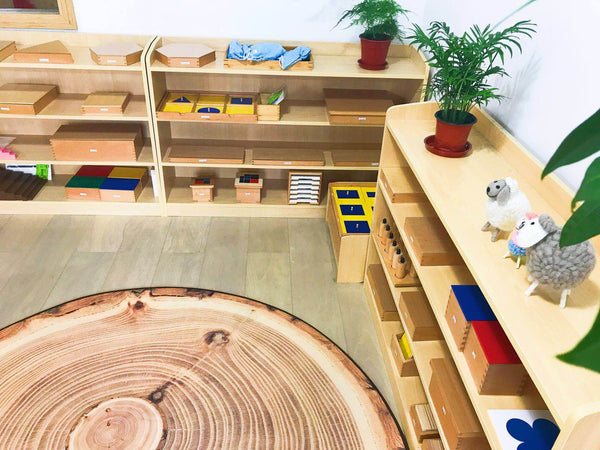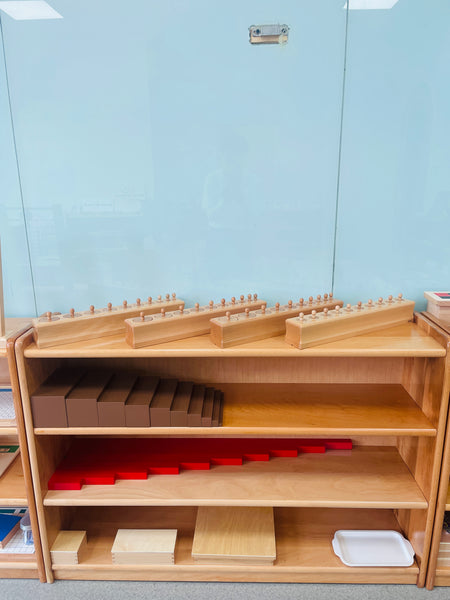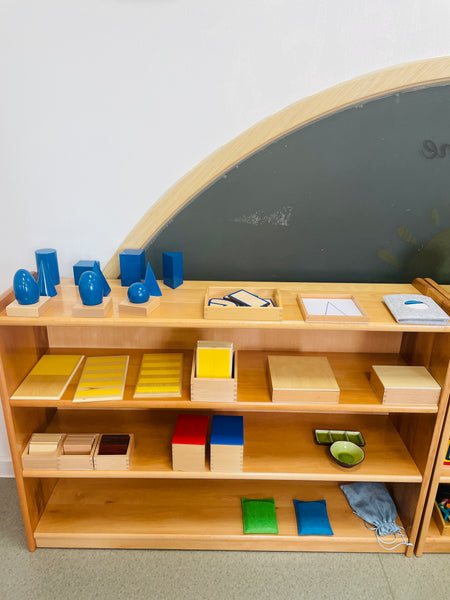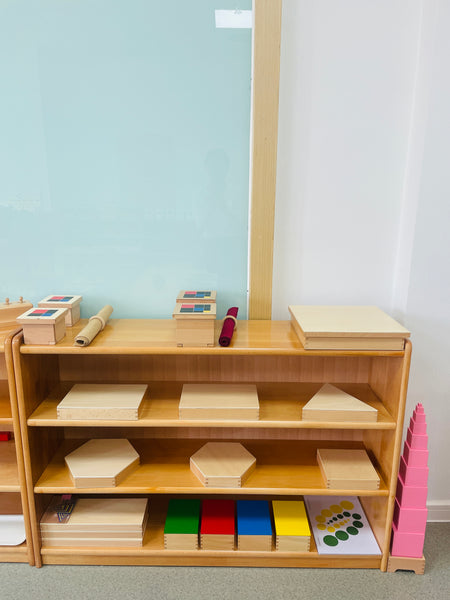Montessori KIT4 (SENSORIAL)
Montessori KIT4 (SENSORIAL)
It can ship by sea to save some shipping cost, welcome email to discuss more.
The Montessori Sensorial area is a distinct part of the Montessori curriculum that focuses on developing a child's sensory perception and discrimination skills. It helps children refine their senses and explore the world around them in a structured and purposeful way. Here are some key aspects of the Montessori Sensorial area:
-
Materials: The Sensorial materials in a Montessori classroom are specifically designed to isolate and refine the senses. These materials include materials for tactile, visual, auditory, olfactory (smell), and gustatory (taste) experiences. Examples include the Pink Tower, the Color Tablets, the Sound Cylinders, and the Smelling Bottles.
-
Purposeful activities: The sensorial materials are presented to children as purposeful activities that require focused attention and exploration. The activities involve sorting, matching, grading, sequencing, and comparing objects based on sensory qualities such as size, shape, color, texture, weight, sound, and smell.
-
Order and progression: The Sensorial materials are organized in a specific order, starting with the simplest and most concrete concepts and gradually progressing towards more complex and abstract ideas. This sequential approach allows children to build their understanding and refine their senses through their experiences with the materials.
-
Development of perception: Through sensorial activities, children develop their ability to perceive and differentiate stimuli using their senses. For example, they learn to perceive differences in sizes by working with the Pink Tower or discriminate between different shades of color using the Color Tablets.
-
Preparation for academic learning: The Sensorial area serves as a foundation for a child's future academic learning. By developing their senses and honing their perceptual abilities, children gain essential skills for later subjects such as math, geometry, and language.
-
Encouragement of focus and concentration: The Sensorial activities require children to concentrate and focus their attention. The materials are self-correcting, enabling the child to recognize their own errors, leading to independent decision-making and problem-solving skills.
-
Appreciation of beauty and aesthetics: The Sensorial materials are designed to be visually appealing and aesthetically pleasing, capturing the attention and interest of the child. This aspect of the Sensorial area helps children develop an appreciation for beauty and order in their environment.
The Montessori Sensorial area aims to provide children with a structured and purposeful exploration of their senses, allowing them to develop their perceptual abilities, refine their sensory discrimination skills, and gain a deeper understanding of the world around them.









